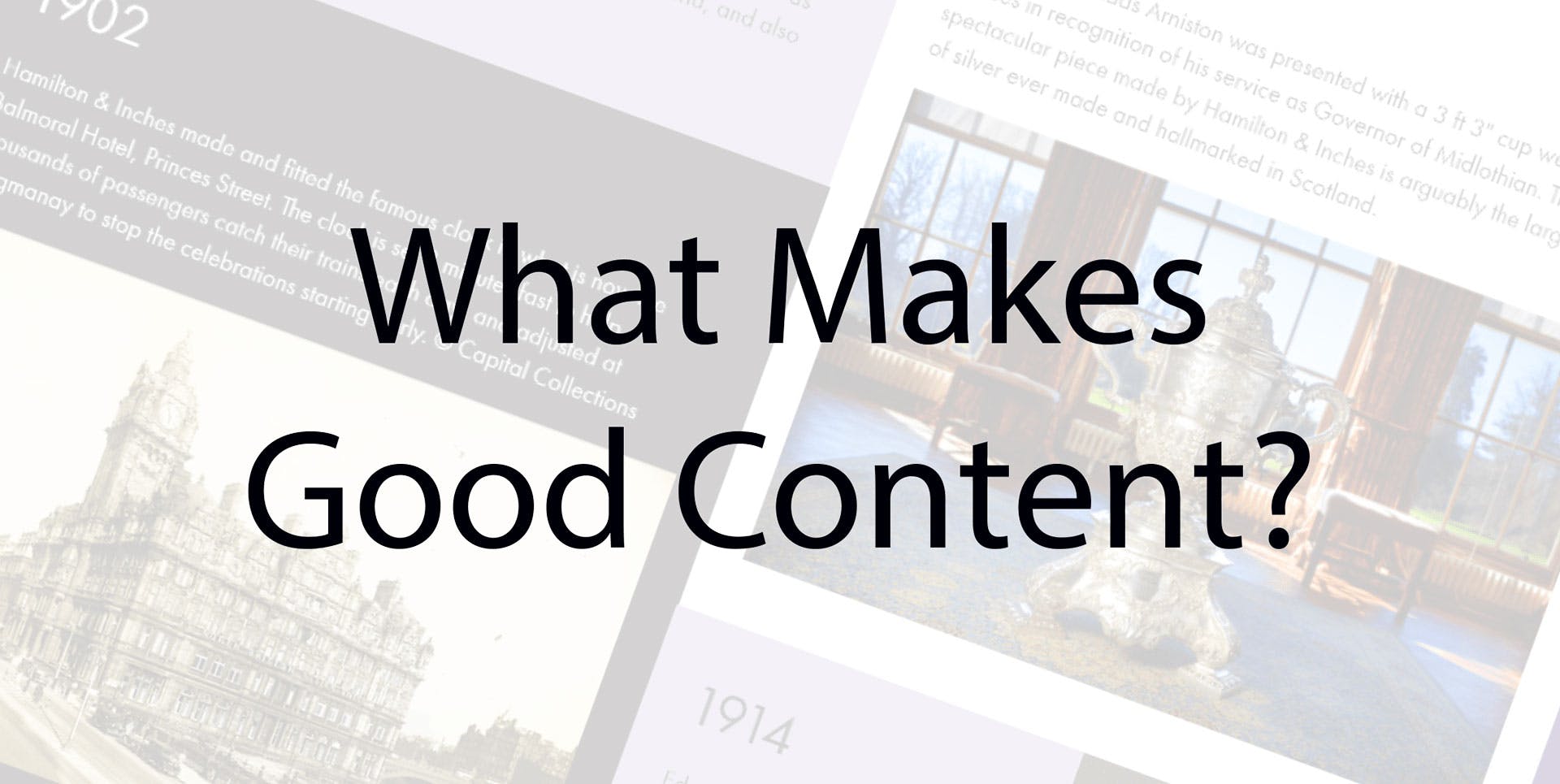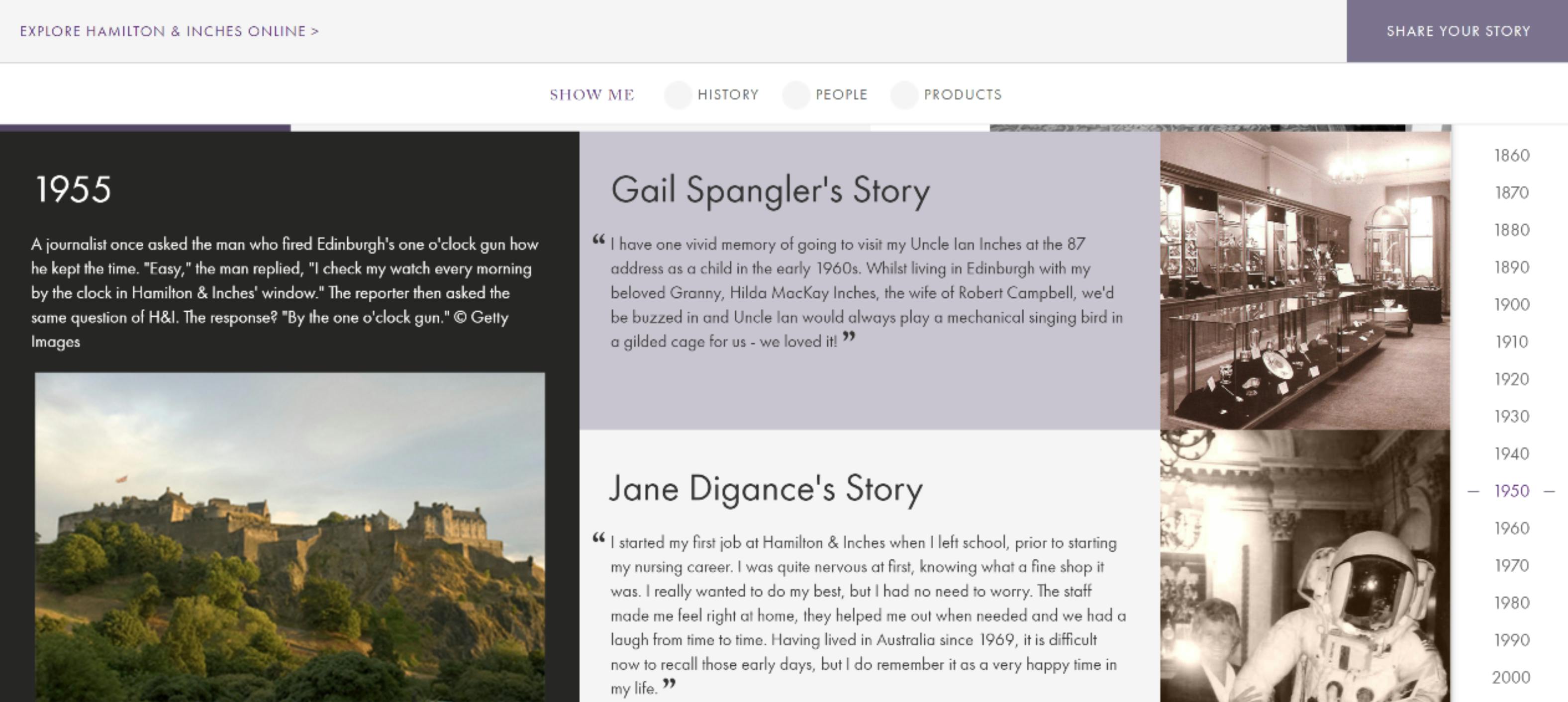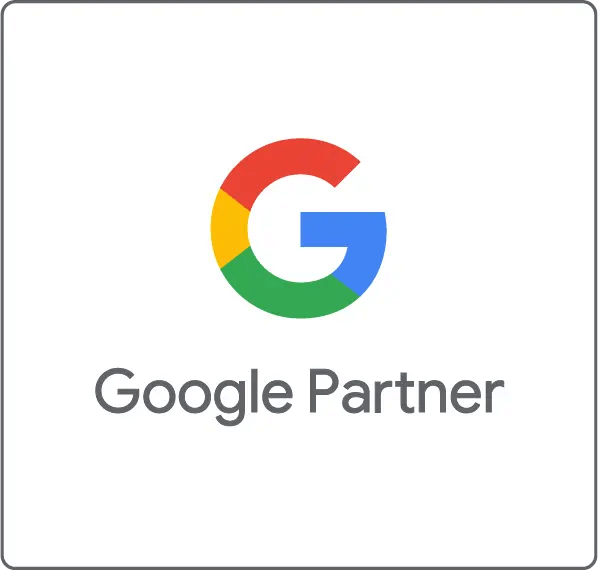What Makes Good Content?

The content you feature on your website is a representation of your brand, so if you want people to buy into your brand, and become advocates, your content needs to tick a number of boxes. We’ve made a checklist to help you create content that today’s savvy shoppers want to read.
Engaging From The Beginning
With attention spans getting shorter and shorter, it’s important that you grab people’s attention from the very beginning. In fact, this should be before users even click onto your website. Make sure that your meta data, which is displayed on search pages, explains the exact information that the searcher would need. A search for Edinburgh Self Storage Ltd stands out as the searcher can see from the title and description displayed what the page is about, and what they can do when they get there.
It’s also important that when visitors arrive on your landing pages, any questions they may have are answered. This could be “why should I make a purchase from this website instead of another?” or “can I easily find the brand I’m looking for?”. By displaying content that answers these kind of questions, visitors are more likely to continue with their journey on your website.
Reassuring
In the age of increasingly sophisticated online scams, customers are wary about purchasing products online – especially from brands they have never ordered from before. It’s therefore important that you do everything you can to reassure them that your website is trustworthy. Security certificates indicate that customers’ personal information and payment details are safe and secure, so make sure these can be seen easily. Security on the checkout is vital as a lack of this can lead to cart abandonment.
Your content should also reassure customers that it’s the right decision to purchase from your website. One of the most influential ways to do this is by including customer reviews. Trustpilot and Feefo (other review platforms are available!) are well recognised online review platforms which allow you to add a widget to your website to showcase your reviews and star ratings.
Attuned To Customers
Focusing on your customers’ wants and needs is key to the success of your website. Keep in mind not only your audience’s demographics, but also their objectives and what actions they take when visiting your site.
ETB Technologies’ product pages are well attuned to the psychology of their customers. As a supplier of new and refurbished server and storage equipment, they’re aware that customers are likely to compare product prices. To counteract this, when a visitor highlights the product title to copy and paste into a search engine, a pop-up appears explaining that ETB Technologies can match the price from another retailer, along with a contact number.
Well structured and formatted
The structure of your website is one of the biggest factors of user experience. Make sure visitors can easily navigate and search for what they’re looking for. If the structure is too complicated, visitors will quickly lose patience and look elsewhere.
People are used to scan reading when they’re online, so make sure all content is formatted in a way that makes allows this. Avoid a wall of text by breaking up sections with bold headings and include links and images where appropriate. Keep paragraphs short and consider the clearest way to get your messaging across.
Accurate
Poor grammar and spelling mistakes show a lack of professionalism and can be very off-putting. If mistakes like this are on your website, why would people trust your company not to make mistakes with their order? Typos are bound to happen when you’re drafting your content, so make sure it’s proof-read before it goes live.
Relevant
It doesn’t take long for a visitor to decide whether a website is relevant to them. One factor that can determine this is the tone of voice. Whether it’s straight-talking, chatty, humorous or passionate, this is what communicates your brand’s personality and set of values. Make sure your tone of voice is consistent throughout your website as this helps build familiarity and trust. Language also helps people form an impression, so consider how your target market speak. For example, if a company targets teenage boys who use slang and are interested in sports, the language used on the website could be simple and not too formal. Using language and a tone that relate to your target audience is a subtle but effective way to drive sales.
Interesting
If you want to keep customers coming back to your website, your content needs to be interesting. What would excite your customers which they might not find on your competitors’ websites? Think about what topics and features would encourage visitors to discuss and share your content.
To celebrate their 150th year, Hamilton & Inches wanted to mark the occasion with some exciting new content for their website. We implemented a timeline covering the history of the company along with other historic events. Users are able to add to the timeline by submitting their own stories of their connection with Hamilton & Inches. This is a great example of both informative, interesting and shareable content.
Crucial For SEO and Ecommerce Success
You can’t let your products speak for themselves when there’s so much competition out there. By combining these elements when creating your content, this will not only encourage visitors to shop on your website, increased engagement will make a positive impact on your organic visibility too.









